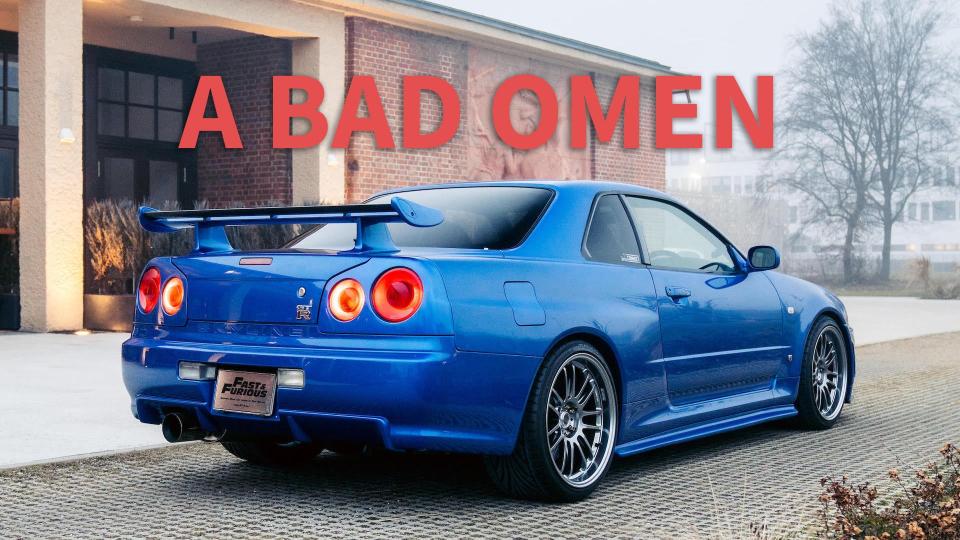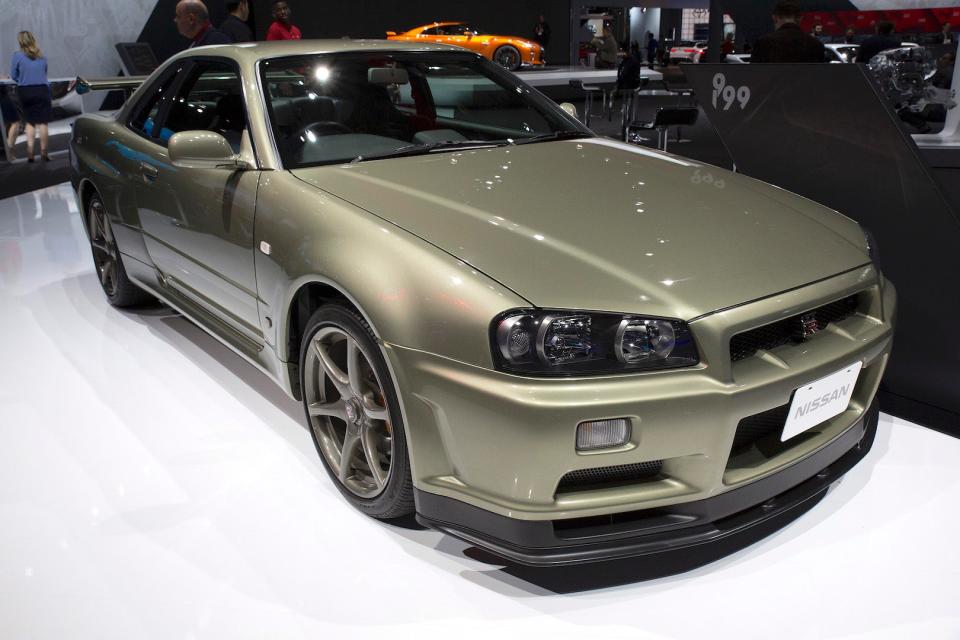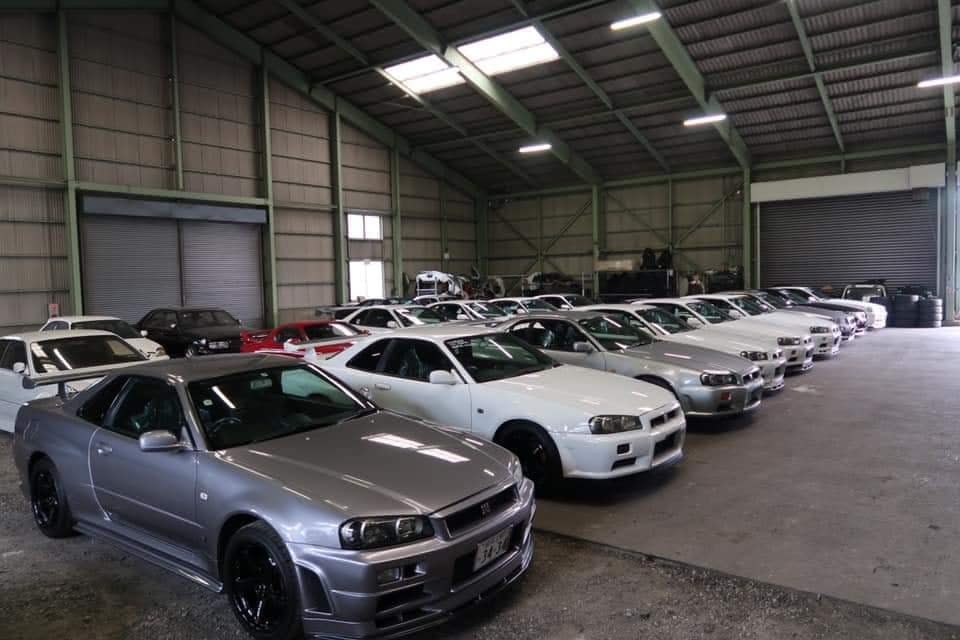The R34 Nissan Skyline GT-R Marks the End of the JDM Import Golden Age

On the first day of the year, the hallowed R34 Nissan Skyline GT-R became legal to import to the United States. The film-famous Skyline was the last great performance car that Japan reserved for itself, with subsequent hits like the Honda S2000 and Subaru Impreza WRX STI sold globally. There will never again be another JDM import milestone this significant—not just because of how popular the R34 is, but because it heralds the end of cheap Japanese classic cars.
This moment has been decades in the making. The seeds were sown back during Japan's postwar economic boom, giving the country's auto industry the momentum it needed to catch, then overtake the rest of the world.


At its pinnacle, stretching from the late 1980s through the '90s, the Japanese car industry struck a timeless balance. Its economy cars were affordable, abundant, and when modified could challenge purpose-built performance cars. Its halo cars like the Toyota Supra could upset European supercars by just turning up the boost—or in the case of the Honda NSX, shift their paradigm entirely. Its oddities, from the Nissan S-Cargo to the Autozam AZ-1, couldn't have happened at any other time or place. And almost to the last, they were reliable, easy to work on, and accessible. If your neighbor didn't own it, you could still drive it in Gran Turismo.
But all good times pass. Japanese automakers became less adventurous in the 2000s, having learned lessons from poor sellers of the previous decade (fondly remembered though they may be). The economy and culture that propelled Japan's auto industry to its apogee had run their course. And after the 2008 recession, the industry was in no place to take risks on the kinds of cars that defined the highs of the '90s.

Yet as the economy slowly recovered, enthusiasts could capitalize on the now dated, cheap cars of yesteryear—those '90s Japanese cars. It was the day of $3,000 NA Mazda Miatas, of the $20,000 NSX, and for those with the right knowledge and connections, even cheaper treasures straight from Japan. In 2014, the first legal R32 Skyline GT-Rs began trickling into the U.S., right at a time when financial speculators were getting their grubby hands on the classic car market. They and a maturing online and social media environment enshrined '80s and '90s cars (mainly Japanese) in a revival that became known as Radwood.
While icons like the JZA80 Supra and FD Mazda RX-7 quickly soared beyond everyman affordability, the depth and breadth of the increasingly accessible Japanese domestic market meant there were always new depths to plumb. When Nissan Silvias became unaffordable, there were still Toyota Chasers and Nissan Cedrics to turn to. Hype price you out of a Toyota Century? Move on to the Nissan President. Then there were the innumerable vans, from the Toyota Hiace to the Mitsubishi Delica. With each passing year, there was a new crop of cars to beat the mainstream to, and secure yourself a deal on.
Up until now.


 Yahoo Autos
Yahoo Autos 